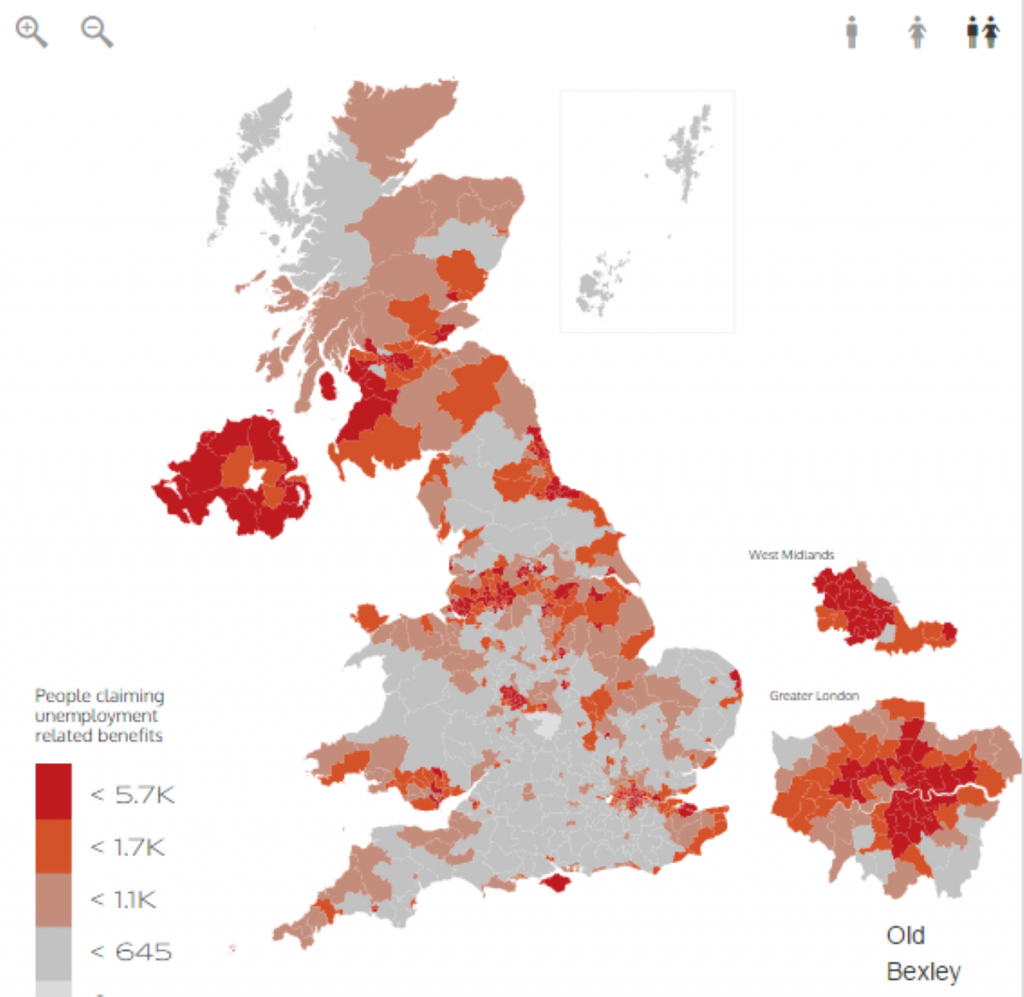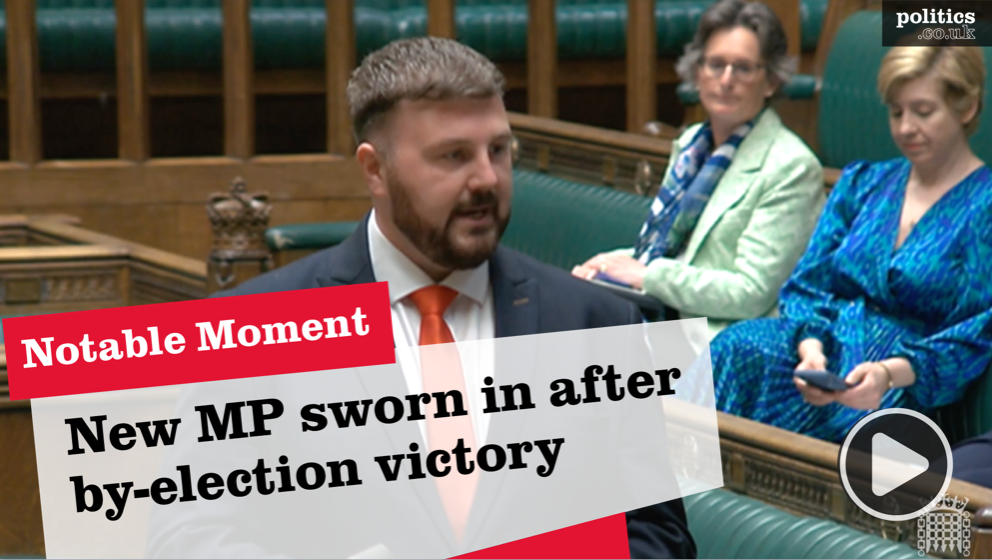The Boundary Commission for England has today published its latest proposals for parliamentary constituencies.
The public now have a final, month long, consultation period in which to share their views on the changes.
After this final consultation, the Boundary Commission must submit its final report and recommendations to the Speaker of the House of Commons by 1 July 2023.Once approved by parliament the new constituencies will come into force for the next general election.
As part of the current review, the number of parliamentary constituencies in England will rise from 533 to 543. This boundary review is also being governed by the Parliamentary Constituencies Act 2020, wherebythe Boundary Commission is required for the first time to recommend constituencies that have no less than 69,724 Parliamentary electors, and no more than 77,062 electors. The only exception to this rule in England, is the two ‘protected’ constituencies on the Isle of Wight


In previous electoral reorganizationsthere have been no statutory rules on constituency size.
With the 2019 constituency boundaries drawing on data from as far back 2000, English parliamentary constituencies currently range from between 53,210 and 109,246 electors.
The drive to equalise constituency electoral numbers has led the current boundary review to be one of the most extensive in living memory. Thisitself led to some 45,000 comments being made by the public in the previous round of public consultation on the proposals.
Following those public comments, the Boundary Commission has revised its plans for almost half of the English constituencies, either in name changes, or actual changes to the proposed constituency boundaries.
Delving into the detail of the boundary commission’s report, the extensiveness of the submissions by local political parties is striking. All parties have been seeking to make suggestions, which beneath the stated geographic or cultural logic, are also designed to create boundaries which give each of them, the greatest chance of success in the greatest number of seats.
Unveiling the latest proposed constituencies, Tim Bowden, secretary to the Boundary Commission for England, said: “We now believe we are close to the best map of constituencies that can be achieved under the rules we are working to”.
For a more detailed look at the boundary review, as well as what’s going on in with boundaries in Scotland, Wales and Northern Ireland, visit Polimapper’sparliamentary constituency boundary review page.











